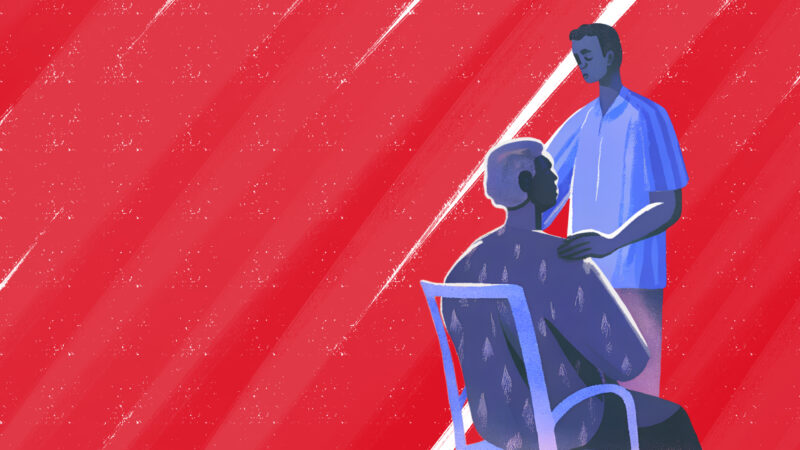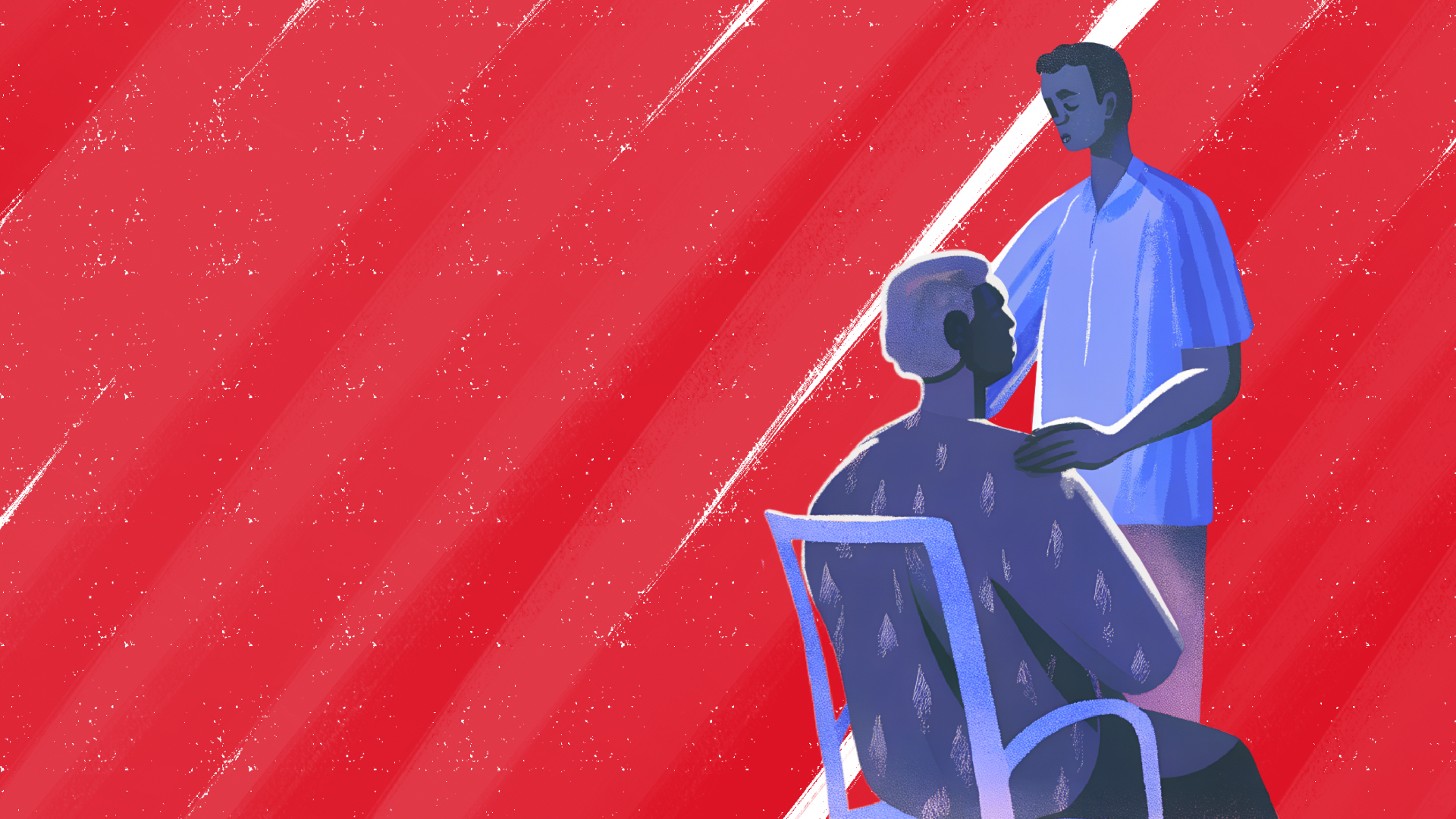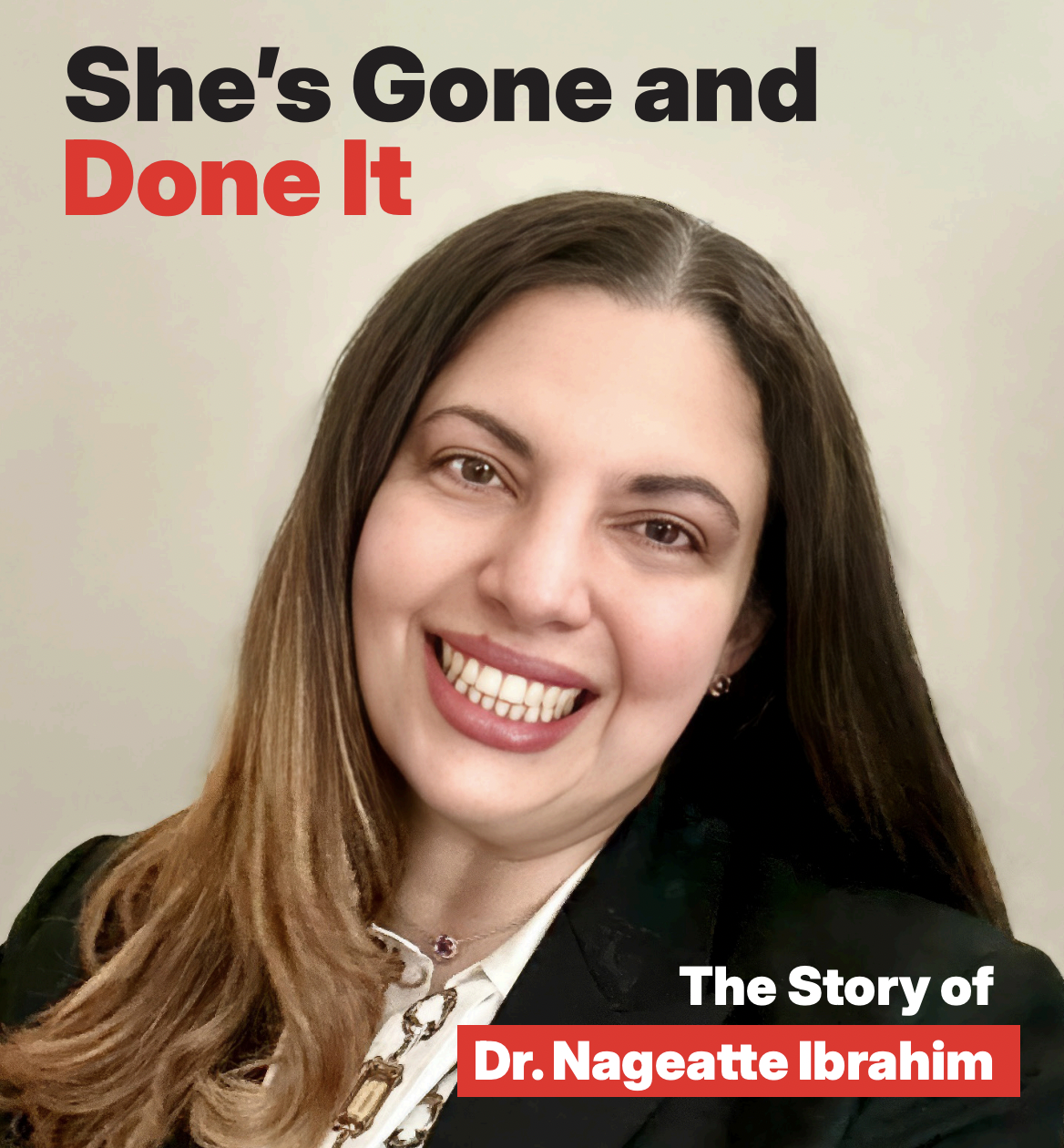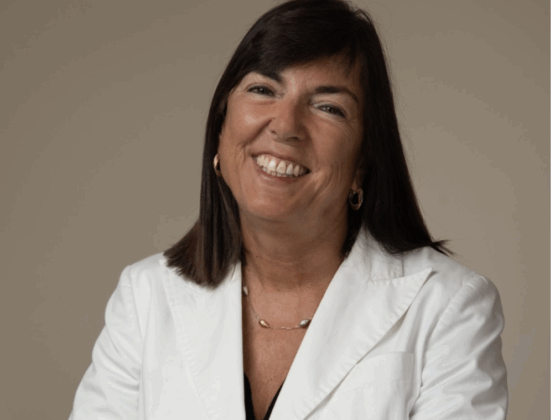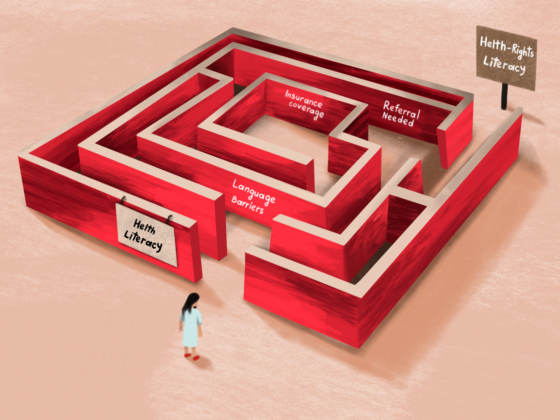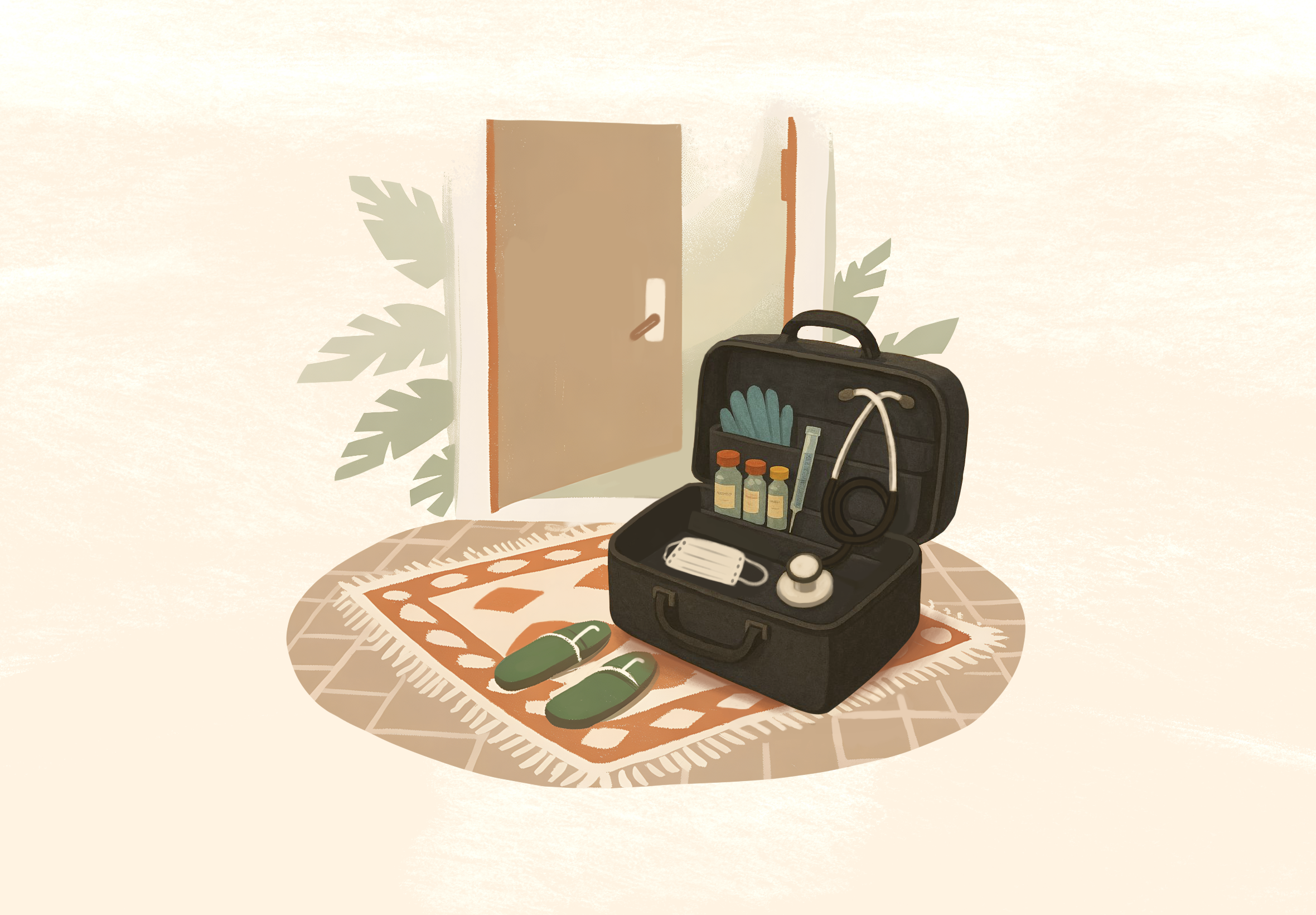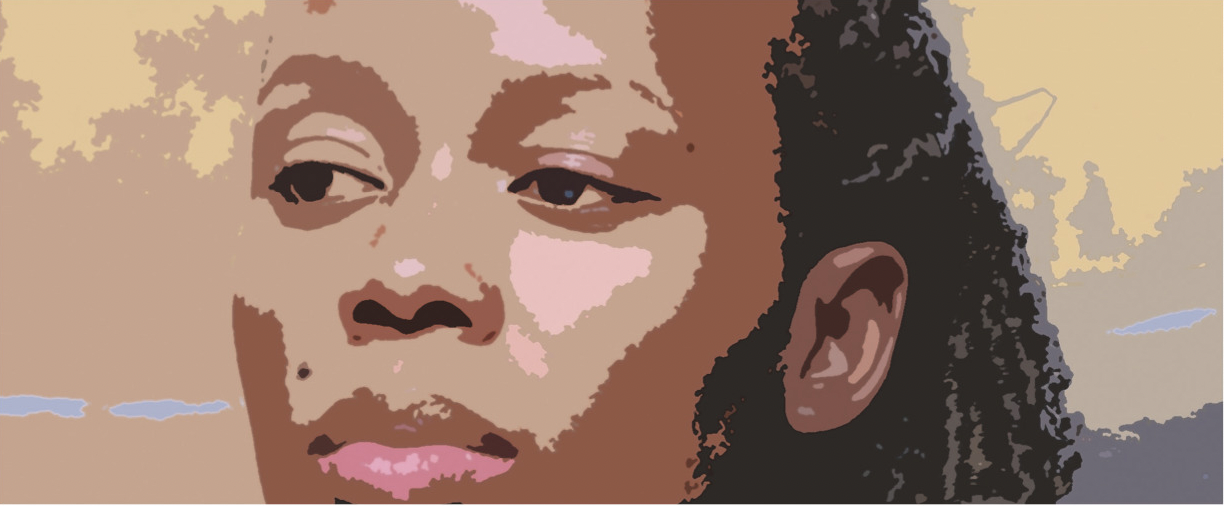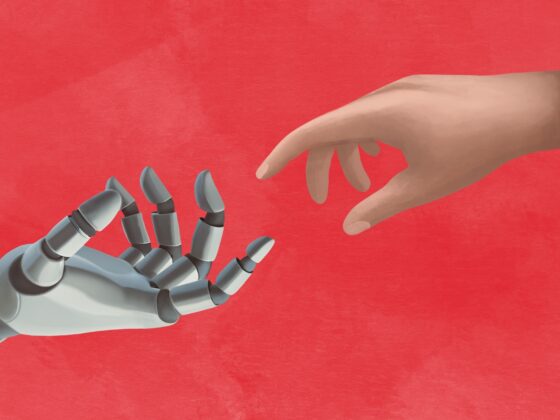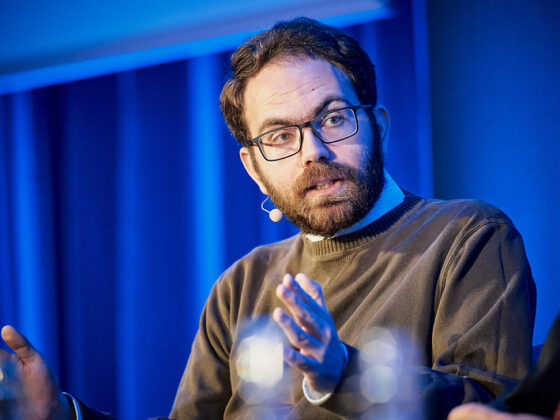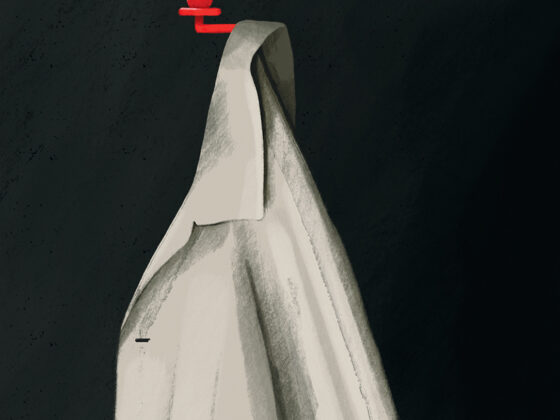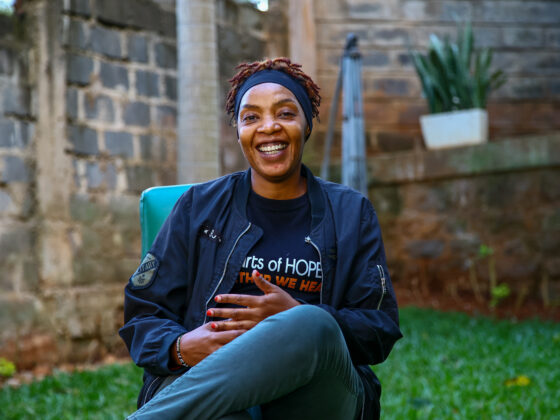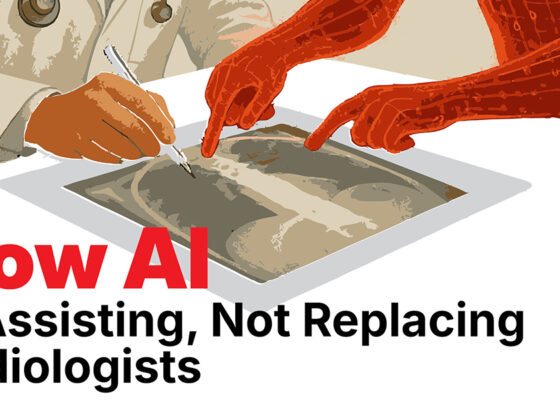“The anticipatory fear that I had became reality when the doctor said that my 6-year-old son must undergo chemotherapy…the rest of the explanation I didn’t hear due to the shock that I had, even though I am a radiology nurse myself,” the mother of a young cancer patient recalled, her voice breaking with emotion.
What do cancer patients feel? It’s often said that every patient receives two diagnoses: one medical and one psycho-emotional. Yet, all too often, we forget that this dual burden is also carried by those closest to them, the caregivers.
Cancer is never a solitary journey; it is a family and community affair. As healthcare professionals, we must look beyond the biomedical model. Our mission is not only to treat disease but to create conditions where every patient, regardless of background, has access to supported, holistic care, from local to global, and back again.
In this pursuit, caregivers must not be overlooked. Their role is not peripheral but central. Yet their contributions are frequently rendered invisible by systems designed primarily around the patient.
Who is the Caregiver?
The term “caregiver” may seem straightforward, yet it often creates confusion. In oncology, a caregiver is typically a family member or close friend, a parent, sibling, spouse, child, or neighbor, who provides unpaid emotional, physical, and logistical support to someone facing a life-altering illness.
As Applebaum (2024) outlines, caregiving responsibilities span three key areas:
- Activities of Daily Living (ADLs) – Assisting with bathing, dressing, and mobility. These tasks can be physically demanding and often require training.
- Instrumental Activities of Daily Living (IADLs) – Managing groceries, transportation, finances, and other household responsibilities that are essential for independent living.
- Medical and Nursing Tasks – Administering medications, monitoring symptoms, and communicating with healthcare teams, responsibilities that many caregivers assume without formal instruction or adequate support.
As care shifts increasingly from hospitals to homes, families are expected to perform tasks once reserved for professionals, often without proper education or resources. The toll is deep and far-reaching.
“I can’t accept that my child is ill. Therefore, it was so hard for me to learn the role of caregiver,” a mother of a young cancer patient shared. “I thought being just a mother would be enough, but an oncological disease is far more than love and hope. It’s like an administrative issue too…and this is exhausting for me.”
This sentiment echoes the hidden, often overwhelming responsibilities that come with caregiving, tasks that extend beyond emotional support to managing the logistics and bureaucracy of medical care.
Caring for Yourself to Care for Others
An often-overlooked truth: taking care of yourself is not selfish, it’s essential. Caregivers who neglect their own well-being risk burnout, poor decision-making, and health deterioration, all of which ultimately compromise the care they provide.
Prioritizing self-care allows caregivers to be emotionally present, resilient under pressure, and consistent in their role. As paradoxical as it may sound, caregiving starts with caring for oneself. This reciprocity is not indulgence; it’s a strategy, and it’s necessary for long-term sustainability.
Michele Reynolds, a women’s empowerment speaker and caregiver for her husband, who battles multiple myeloma, reflects on her experience: “As caregivers, the responsibility to hold it all together can feel overwhelming. I carried guilt for even the smallest breaks throughout the day. But over time, that guilt and stress showed up in my body as physical pain and complete exhaustion. I realized I couldn’t pour from an empty cup. Rest was not selfish; it was absolutely necessary.”
Caregiving is, fundamentally, a balance between the psychological and logistical demands of the disease. Beyond emotional support, caregivers coordinate appointments, manage finances, track medications, and keep family and friends informed, all while maintaining their own lives.
As Jimmie Holland, MD, founder of psycho-oncology, emphasized, a caregiver is not merely a helper, but a “trusted companion” (Holland & Lewis, 2001). They offer stability in chaos, hope in fear, and consistency in uncertainty.
In my recent work on posttraumatic growth, I argue that the companion figure, the caregiver, is central to navigating trauma. And by extension, caregivers themselves deserve space to process and grow from the experience as well.
Dr. Holland identified several fundamental obligations caregivers face:
- Maintaining household stability
- Sustaining family income
- Coordinating additional support, such as aides or part-time care
These responsibilities often come at a steep personal cost. Caregivers frequently experience high levels of financial strain, career disruption, and health issues, with women bearing the brunt of long-term consequences.
“When faced with a cancer diagnosis, the financial burdens are overwhelming,” Michele Reynolds explains. “The uncertainty of healthcare costs and time away from work makes support systems crucial.”
The Hidden Rewards of Caregiving
Amid fear, fatigue, and sorrow, many caregivers also experience profound love, pride, and meaning. Even while navigating extreme stress, they find deep satisfaction in providing care to someone they love. This connection brings purpose and presence.
“There are so many positives about being a caregiver,” Reynolds adds. “Helping others feels deeply meaningful. You’re making a profound impact on their lives. Through caregiving, you begin to recognize the strength within yourself and the confidence that grows as you witness the love and appreciation from your loved ones.”
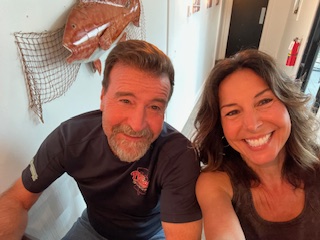
Positive emotions coexist with painful ones, and the central thread in the caregiver’s journey is finding meaning in adversity. Caregivers transform loss into growth, routine into ritual, and burden into love. As Oscar Wilde once wrote, “We live in an age when unnecessary things are our only necessities.” In an increasingly artificial world, love and hope remain our most human legacies.
Caregivers embody these qualities without expectation. They are living proof that empathy, connection, and presence cannot be replaced by technology. They must never be forgotten.
Bibliography
- Holland, J.C., Lewis, S., The human side of cancer: Living with hope, coping with uncertainty, New York: HarperCollins Publishers, 2001
- Applebaum, Allison, Stand by me. A guide to navigating modern, meaningful caregiving, Simon Element, New York, 2024

